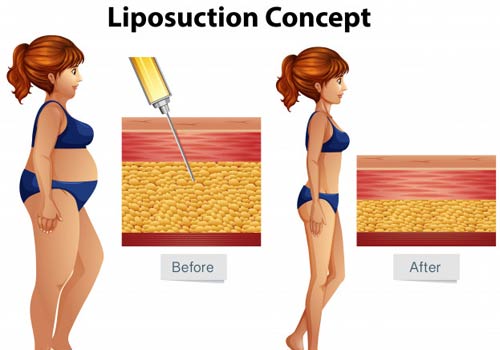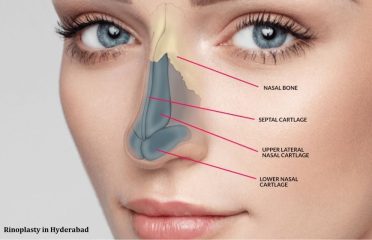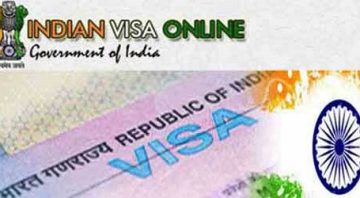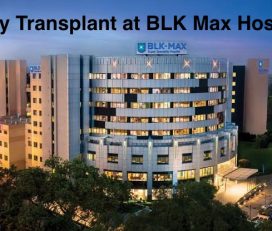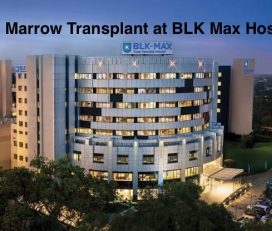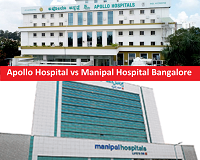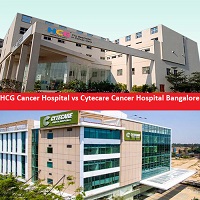Aftercare Liposuction Surgery
- Take Proper rest.
- Take the oral medication as prescribed.
- Wear a compression garment for a couple of weeks to control the swelling.
- You will go back to work at the desk after a week of surgery or as suggested by the surgeon.
- Avoid the build-up of fluid and do not scratch the treated area.
- Avoid the build-up of fluid in the treated area.
- Practice physical exercise in moderation.
- Do not smoke or drink alcohol for a few weeks before and after surgery.
- Take proper rest and eat a balanced diet.
Liposuction results are permanent
Liposuction requires the removal of subcutaneous fat by incisions of 1 cm. ‘Cannulae’ are inserted into the fat through 1cm incisions that are strategically in concealed places such as umbilical, panty lines for abdominal liposuction, groin, the inner side of the knee for thigh liposuction, behind the ears for double chin change, the underside of the chest and armpits for chest liposuction, elbow folds for arm liposuction. Because the position of these small incisions is not readily accessible, the marks that occur during healing are almost invisible. The patient must maintain a balanced lifestyle after liposuction.
What are the complications and side effects of Liposuction Surgery?
There are some potential risks and complications associated with each surgical procedure. These include the following:
- Bleeding
- Formation of blood clots
- Bruising
- Inflammation
- The build-up of fluid
- Infection
- Pain
Therefore, the treatment of an expert surgeon must always be performed in such a way that there is a minimal risk of any complications from surgery.
What are the different kinds of Liposuction surgery?
There are two main forms of liposuction surgery:
Traditional Liposuction Surgery-This is one of the safe and efficient liposuction surgeries in which diluted anesthesia and epinephrine are administered to the patient. It helps to remove excess fat without scarring, swelling, or blood loss.
Mega Liposuction Surgery-Removes fat in vast quantities and is less complicated than the conventional one. Approximately 10-15 liters of fat are required to be removed in this method.
Some precautions must be taken by the patient before and after Liposuction surgery. The doctor will give you all the information along with the do’s and don’t do it before the surgery. Following precautions helps to reduce the downtime of surgery and speed up the recovery time and result.
The patient must take some precautions before and after Liposuction surgery. The doctor will give you all the information along with the do’s and don’t do it before the surgery. Following precautions helps to reduce the downtime of surgery and speed up the recovery time and result.
It may take 1 hour or more to perform the surgery successfully. They usually do full recovery within 1 week. However, it is recommended that precautions be taken to achieve faster and more effective results.
Liposuction Scars
Your surgeons will check the treated areas regularly.
7-10 days of the removal of non-absorbable sutures. After the sutures have been removed, the incisions will heal without a dressing. Then you need to add a scar cream. Scars can initially be red and slightly elevated but generally get lighter and flatter over 3-6 months with careful treatment.
Risks of Liposuction
Severe bruising: it can last for a few weeks.
Inflammation: The swelling may take up to 6 months to settle, and the fluid may continue to smell from the incisions.
Thrombophlebitis: they form a blood clot in a vein, causing inflammation and further complications.
Irregularity of the contour: if there is a poor elasticity of the skin, if the wound heals unusually, or if the removal of fat has been uneven, the skin may appear withered, wavy, or bumpy.
Numbness: The affected area can feel numb for a while, but it is normally temporary.
Infections: Infection of the skin can rarely occur after liposuction surgery. Often this has to be treated with surgery, with the possibility of scarring.
Internal organ puncture: this is very rare.
Pulmonary embolism: Fat gets into the blood vessels and passes to the lungs, blocking circulation in the lungs. This could be life-threatening.
Pulmonary edema: Sometimes when fluid is pumped into the body, it builds up in the lungs.
Allergic reaction: the patient may be allergic to medicines or products used during surgery.
Skin burns: cannula movements can cause friction to the skin or nerves.
What is the Liposuction Surgery Success rate in Hyderabad?
Studies have also shown that liposuction with a fat transfer technique has outstanding results. Approximately 45 percent of all women who opt for this treatment have ‘significantly improved’ outcomes, while 39 percent are ‘improved’ and around 16 percent are ‘not improved.’



